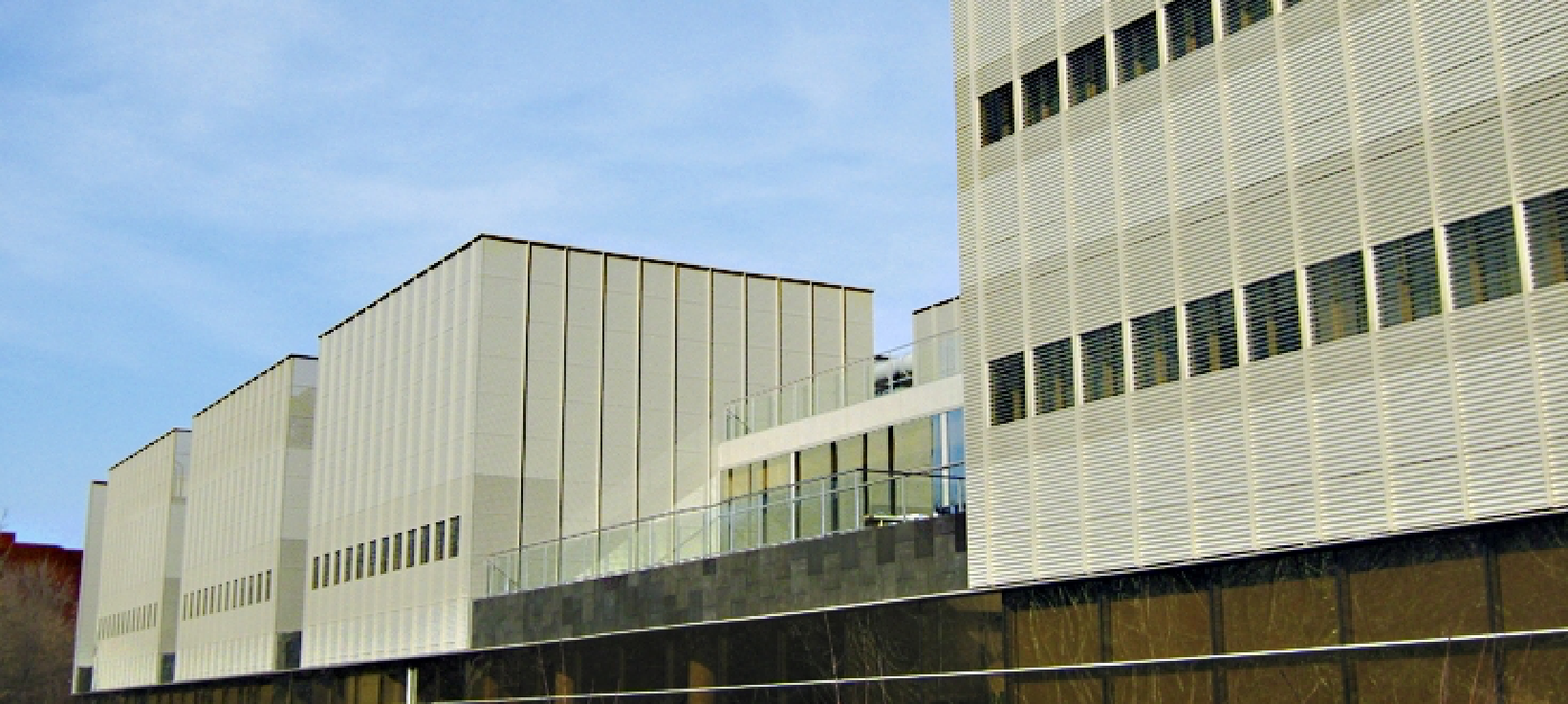Molecular Engineering of Layered Magnetic Materials for Multifunctional Spintronic Devices
March 2022 – February 2025
Total Funding
775.585€
AGENCIA ESTATAL DE INVESTIGACION (Spain)
286.005€
AGENCE NATIONALE DE LA RECHERCHE (France)
267.680€
NEMZETI KUTATASI FEJLESZTESI ES INNOVACIOS HIVATAL (Hungary)
149,900€
TURKIYE BILIMSEL VE TEKNOLOJIK ARASTIRMA KURUMU
72.000€





Multispin proposes to take advantage of the chemical programmability of (macro)molecules to engineer the physical and chemical properties of LMMs, enabling the precise tuning of their magnetic properties and the demonstration of opto-spintronic devices with new functionalities.
Atomically thin layered magnetic materials (LMMs) constitute an ideal platform to study magnetism in reduced dimensions.
One of the key features that distinguish LMMs from conventional bulk magnetic compounds is the tunability of their magnetic properties, which stems from their reduced dimensionality and the extremely high surface-to-volume ratio.
So far, the magnetic response of LMMs has been significantly altered only by using conventional approaches such as electrostatic gating.
Molecular functionalization, which is an extremely powerful method to tune the optoelectronic properties of non-magnetic 2D materials and to modify the magnetism of conventional metallic surfaces, has not yet been explored on LMMs..





